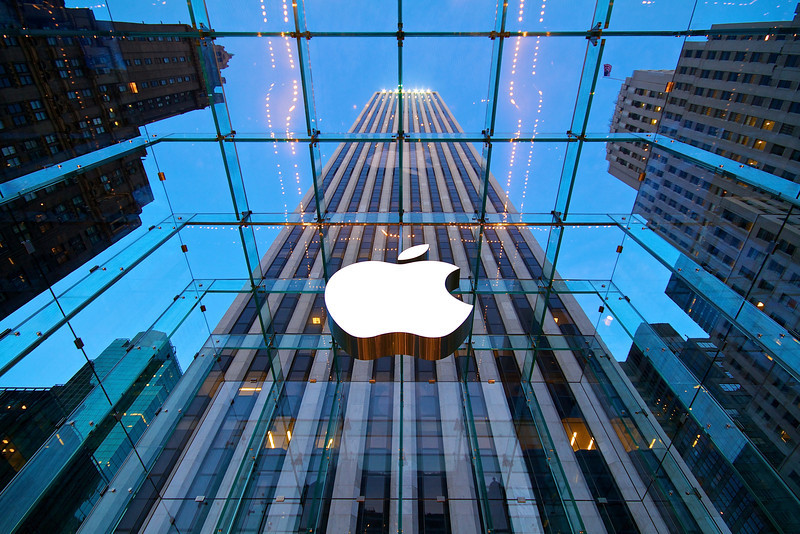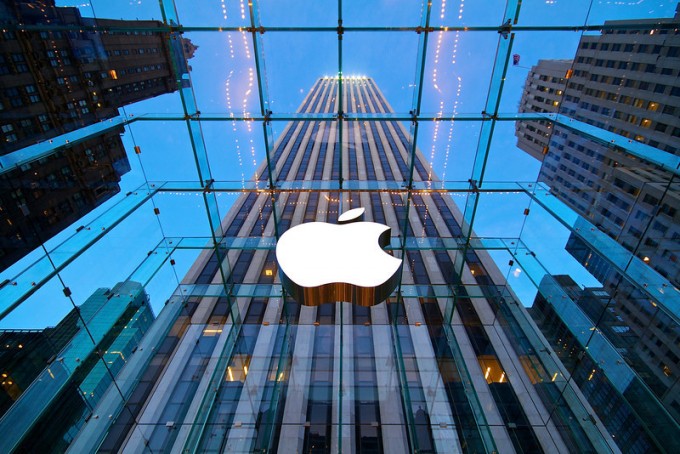
Have you ever noticed how the Apple Store, the company’s commercials, and its website all look and feel identical to one another? Better yet, they seem to sync perfectly with the products being sold. Clean, minimal, refreshingly futuristic without appearing too bleak or sterile. Maintaining this image has been key to Apple marketing from practically the very beginning and illustrates the importance of standardizing the public perception of a brand across the most common forms of interaction.
Consistency Counts

4 Lessons From Apple’s Retail Success
Web development and design inspires tactile and tangible marketing tactics in today’s world. Brands born entirely in virtual environments, such as Facebook and Youtube, have now appeared advertised on buses and billboards. Since making the connection is vital, these real world outreach attempts match the digital incarnations to a T. It’s a phenomenon unique to the 21st century: decisions revolving around browser viewing, display capability, and navigation ease lead to posters and signs sharing similar qualities for no other purpose than to match the brand.
Developers and designers are increasingly being approached by traditional marketing agencies to acquire rights to imagery and layouts for a number of real world applications. Products sold mostly online making their real world retail debut often get placed in custom POS displays matching the look of the website experience to a great extent. Colors and even the classic homepage arrangement of products in a grid can be replicated easily through cardboard setups in stores.
Need Web Inspiration? Look Around You.

Tips to Creating a Successful Brand Identity
Roles are being reversed. It wasn’t too long ago developers were taking cues from the way things were laid out and presented in brick and mortar establishments. Whether we meant to or not, developers there to see the web through its first quarter century were inspired by the world around them. It’s hard to imagine but once upon a time the virtual environments taken for granted today simply didn’t exist. They had to be invented and the developers and designers who did the hard work had nothing to work from apart from reality. The result was and still is a virtual reality based in many ways on physical equivalents.
Flash forward 25 years later and lo and behold – old fashioned marketing and advertising are learning a thing or two from the digital side of the spectrum. Generations of consumers are coming through the pipeline whose introduction to the world came almost exclusively via Internet tools and resources. Social media development signals to advertisers how important it is to share stories among friends and better yet streamline the process as much as possible. This approach is applied to real world marketing more and more each day. It has to in order to keep up with the increasingly digital demographics buying products and services.
The takeaway from all of this is that branding isn’t just online – but it isn’t just offline either. Web developers looking to stay one step ahead of the game ought to factor the importance of a seamless and standardized approach to branding, because clients won’t settle for anything less.




